Last Chance to Catch NYC's Holiday Notalgia Train
We met the voices of the NYC subway on our nostalgia ride this weekend!

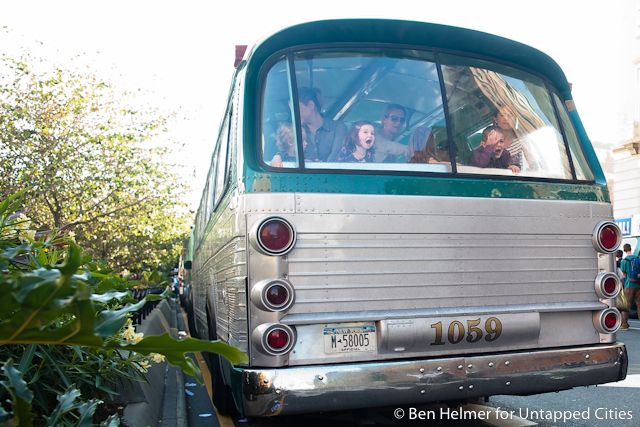
At the mention of the word “bus,” you might let out an involuntary groan. Crowding, waiting in the snow or fighting to exit are a few visions that may flash through your head. If any of this sounds familiar, you might not be prepared for the New York Transit Museum‘s recent Vintage Bus Festival.
Beaming smiles of countless children filled the crowded streets around Downtown Brooklyn, many packing into a fleet of historical buses. Those on display ranged from the 1930’s until as recent as 2000, accompanying several other vintage and modern MTA vehicles. Every opened window had a grinning child poking out. The scene looked more like a school field trip than a rush hour express, although occasionally just as crowded.
New Yorkers took turns bending the ear of the local bus expert, from Brooklyn natives complaining about the habits of bus drivers in bad weather, to a couple of bus fans who chose a classic double decker bus over a traditional limo for their wedding-day transit.
The spectators were only half the story.

For a city obsessed with trains, many of us forget about this vast network of public transit. While you may stick to one or the other, there was a time before the 1960’s when the bus systems were disjointed. A bus dropped you off at the subway, from which you continued into Manhattan. Each borough was a closed system, and outer boroughs only connected via subway.
It was not until the 1960’s and 70’s when inter-borough bus routes connected the disjointed city above ground, offering a express service without transferring to a subway. Because subways were not air conditioned, the more comfortable, cooled buses offered a better alternative for many. These express buses resembled the modern-day routes you would take from the Port Authority, with cushioned, raised seating, a single door at the front of the bus, and higher tolls.

Express routes were not the only opportunity for a higher standard, however. The 5th Avenue Coach Company ran a premium service in Manhattan along 5th Avenue, the only avenue not offering trolley service. Their fleet offered New York’s only twin deck buses in the history of public transportation, one of which was on display at the Vintage Bus Festival. Fares for this line were considered luxury, at twice the cost of a normal bus fare.

Finally, a bus from 1958 was on display, showing us one of the first to be equipped with the hard plastic seats we know today. While these were installed to cut back on vandalism, rear push-doors were added to increase safety, replacing an electronic system which might trap passengers in the rear doors.
For those of us not warmed by thoughts of the morning commute, or who’s vocabulary might not even include the word “bus,” the Transit Museum’s Vintage Bus Festival went a long way to change their mind. It was not only an outing for the kids, but an insight into how our commute has changed over nearly a century.
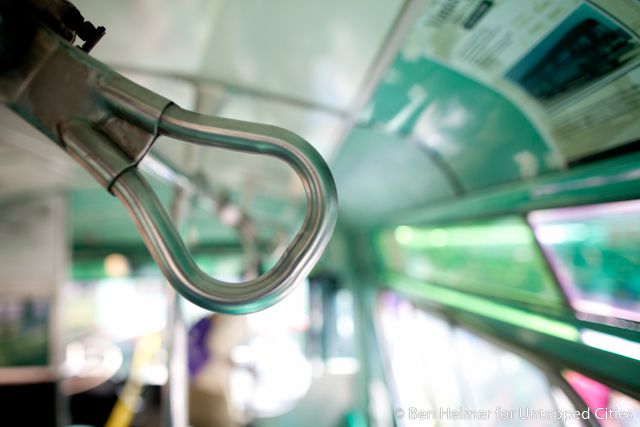
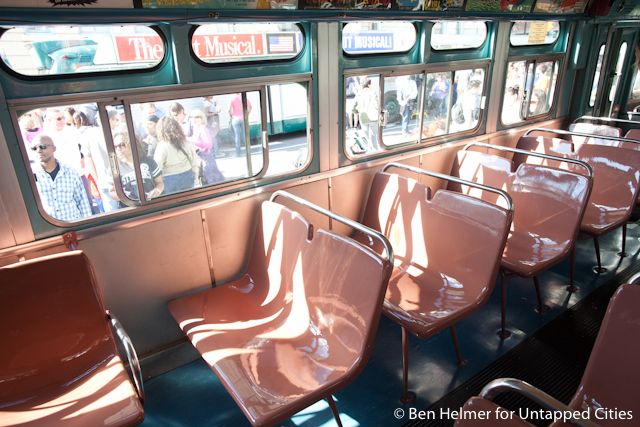
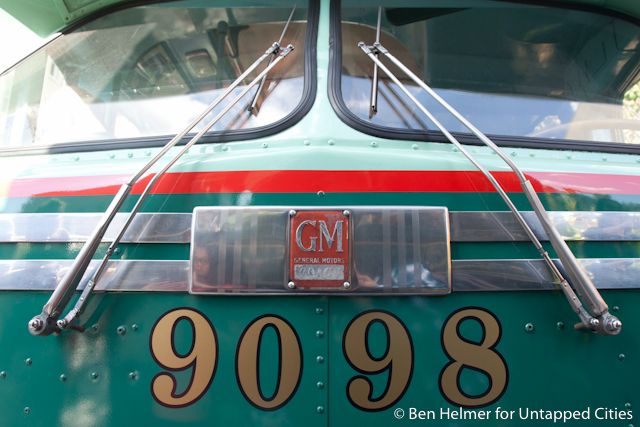
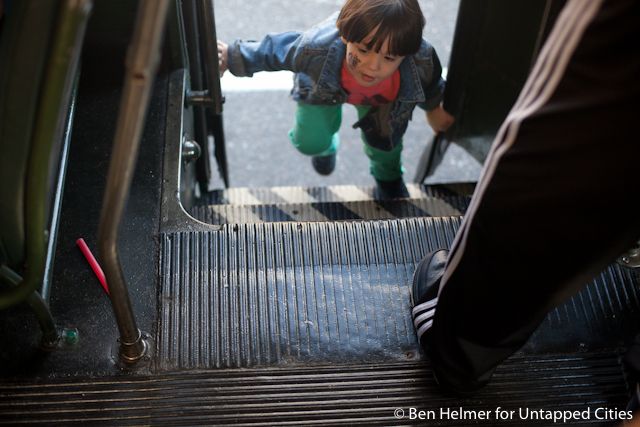
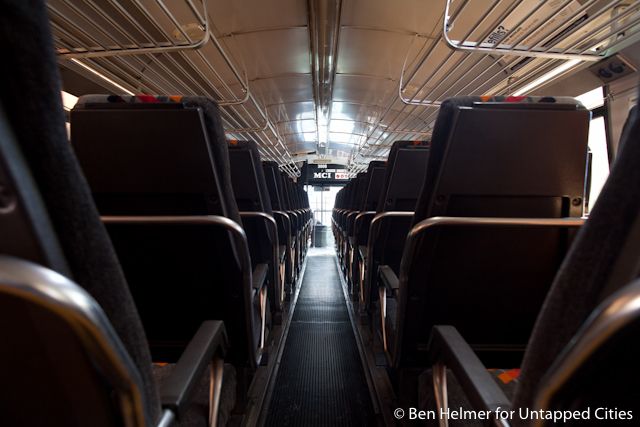

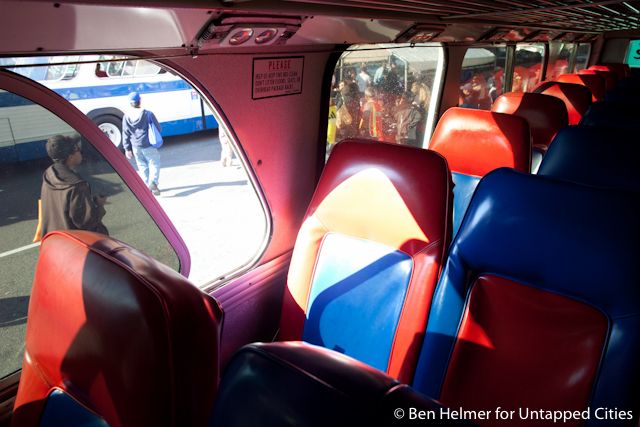
Subscribe to our newsletter